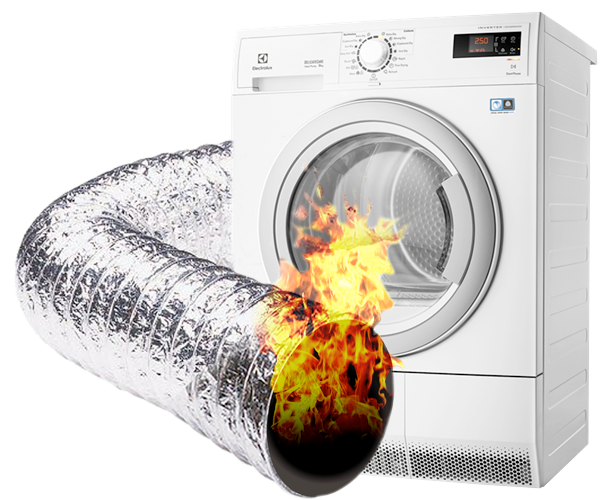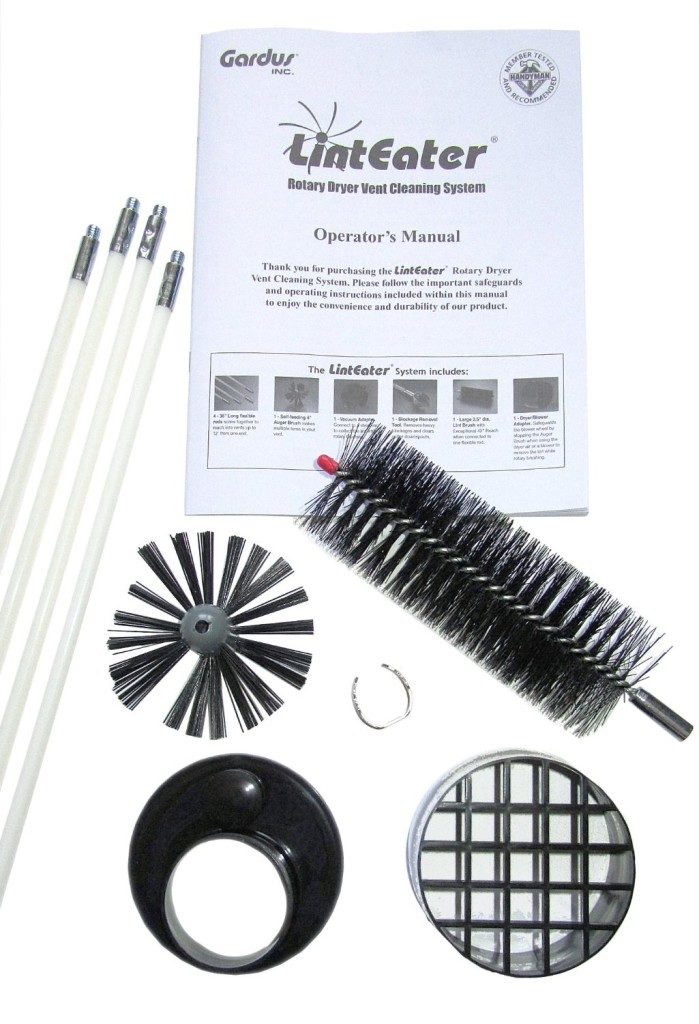Did you know one of the leading causes of home fires is ignoring lint buildup in clothes dryers?
 Approximately 15,000 fires are caused from lint build up every year, according the U.S. Consumer Product Safety Commission.
Approximately 15,000 fires are caused from lint build up every year, according the U.S. Consumer Product Safety Commission.
In many cases it isn’t that the homeowner ignored the build up but rather, they were just unaware that they should be regularly cleaning their dryer vents as a part of home maintenance.
In either case, this is a chore you should be doing. And it isn’t as difficult as you may think.
How do I know if my dryer vent needs to be cleaned?
Usually you will see some build up inside your vents with a quick inspection inside your vents. However, sometimes there may be blockages you don’t see deep inside.
Another way to tell if you should clean your dryer vents is by keeping tabs on how long it takes for your clothes to dry.
Not only is lint build up in your dryer vents a fire hazard, it also costs you more money on electricity costs because it will take longer to dry your clothes. And if it taking a lot longer than usual, its time to do some cleaning.
Another sign of blockage is if you feel little or no air coming our from the vent opening.
Okay, so you’ve figured out you need to do some vent cleaning… How do you do it?
The Basic Process in 5 Easy Steps

Step 1: Get your hands on some dryer duct cleaning tools.
Some professionals use air to push out the lent with a high pressure, compressed air tool called a “Jet-snake”. Most DIY home owners prefer to use a rotary dryer brush, which is similar to a chimney cleaning brush but with more sensitive bristles and it’s attached to a flexible cable.
Recommended: the Gardus RLE202 LintEater 10-Piece Rotary Dryer Vent Cleaning System
Step 2: Unscrew the dryer vent cover outside your home with a screwdriver (Note: Some vent covers you don’t have to unscrew and will just slide off the dryer duct.)
Step 3: Feed the rotary brush into the vent opening. feeding the cable as far as it will go, then pull it back while the cable and brush is rotating. Repeat this same process on from the inside of your home.
Step 4: Turn on your dryer to flush the system of any loose lint (pretty much all of it will be collected though if you’re using the Gardus LintEater)
Step 5: Replace your vent cover and bada bing bada boom – you are finished!